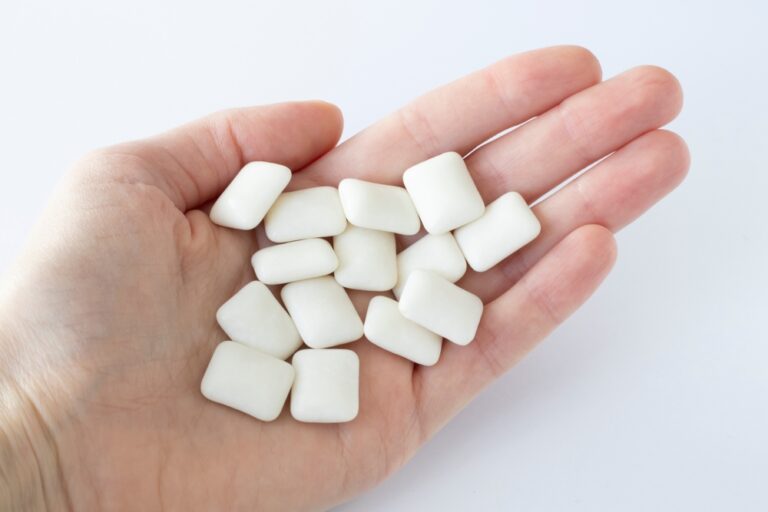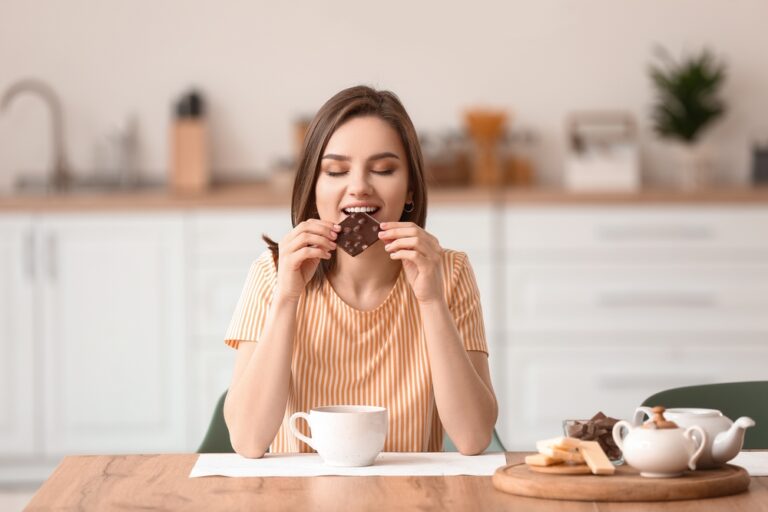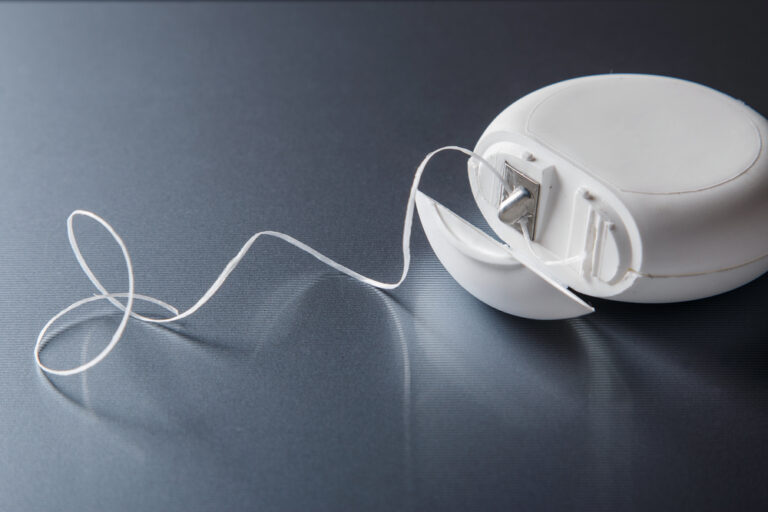Gaps between teeth, or diastema, are relatively common and can occur for a variety of reasons. While minor spacing is normal, especially in children, excessive gaps that develop later in life may indicate an underlying dental problem.
Causes of Gaps Between Teeth
Many factors can contribute to spaces opening up between teeth. Here are some of the most common causes:
1. Tooth Size Discrepancy
- Also called microdontia (smaller teeth) and macrodontia (larger teeth)
- Results in uneven alignment since teeth are different sizes
- Often genetic or developmental
- Can cause large gaps if extra small or large teeth erupt out of place
2. Genetics
-
Front teeth often have small gaps without indicating a problem
-
Ethnic backgrounds with increased space between teeth:
- African American
- Asian
- Hispanic
-
Spacing may run in families
3. Loss of Teeth
- Losing teeth to decay, trauma, or extraction
- Surrounding teeth drift or tip into empty space over time
- Jawbone resorption after extraction also widens space
4. Periodontal (Gum) Disease
- Inflammation and bone loss around teeth
- Causes loosening and widening of gaps between teeth
- Increased overjet (protrusion) from loss of supporting bone
5. Tongue Thrusting Habit
- Constant abnormal tongue pressure on teeth
- Pushes teeth out of position over time
- Most common in children
6. Thumb Sucking
- Long-term thumb sucking as a child
- Protrudes the front teeth and creates spacing
- Should resolve once habit stopped
7. Missing Teeth
- Congenitally missing teeth create gaps where teeth failed to develop
- Third molars often missing and can create spaces distally
8. Orthodontic Treatment
- Intentional gaps placed between teeth during treatment
- Allows room for alignment and proper positioning
- Closed at the end of treatment
Problems Caused by Gaps
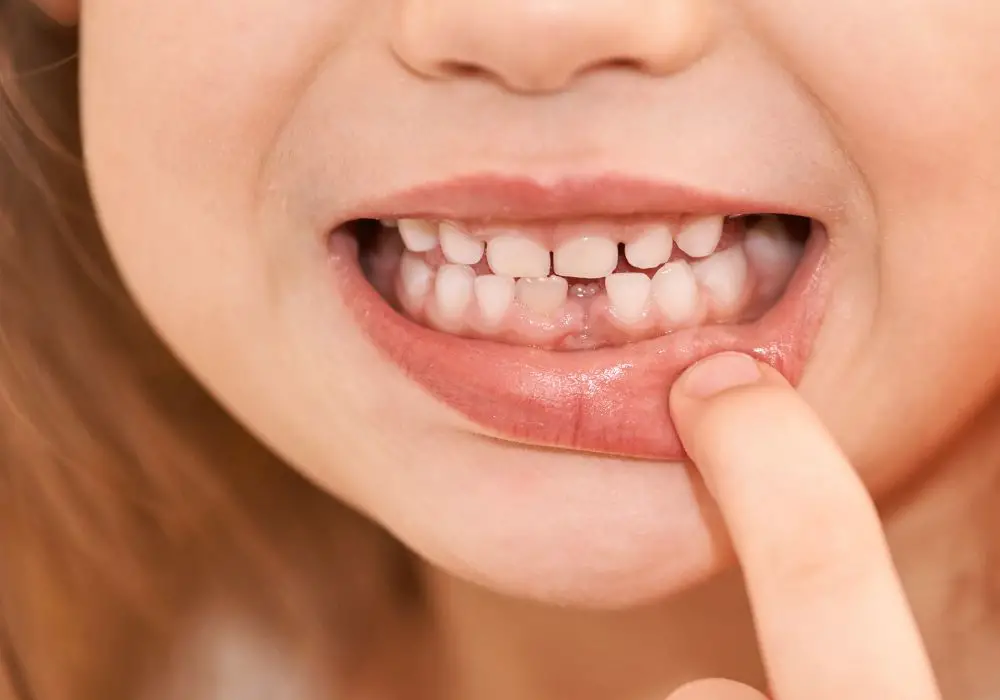
Minor gaps are not necessarily problematic. But excessive spacing between teeth can lead to:
- Food impaction between teeth and increased cavities
- Periodontal disease from difficult cleaning
- Speech impediments or lisping
- Jaw joint problems from uneven bite forces
- Cosmetic concerns about smile appearance
If spacing is causing any of the above issues, dental treatment may be advised to close or restore the gaps.
Diagnosing the Cause of Gaps
Determining the reason behind gaps between teeth requires a full dental exam:
- Clinical exam checking for loose teeth, gum disease, or bite issues
- Full mouth dental x-rays to visualize bone loss
- Molds of the teeth to analyze their alignment
- Assessment of spacing stability over time
- Checking for any oral habits like tongue thrusting
This helps identify whether the gaps are due to underlying dental problems or normal variation in tooth alignment.
Treatment Options to Close Gaps Between Teeth
Several cosmetic and restorative treatments can fix gaps between teeth:
1. Removable Appliances
- Clear plastic aligners like Invisalign
- Removable retainers with springs or rubber bands
- Full or partial dentures to replace missing teeth
2. Fixed Appliances
- Traditional metal braces
- Lingual braces attached to tongue-side of teeth
- Ceramic braces for discretion
3. Tooth Restoration
- Dental bonding to fill small gaps
- Porcelain veneers or crowns for larger spaces
- Dental implants to replace single missing teeth
The best treatment option depends on the gap size, location, and cause. An orthodontist or cosmetic dentist can recommend appropriate techniques.
Can Gaps Reopen After Treatment?
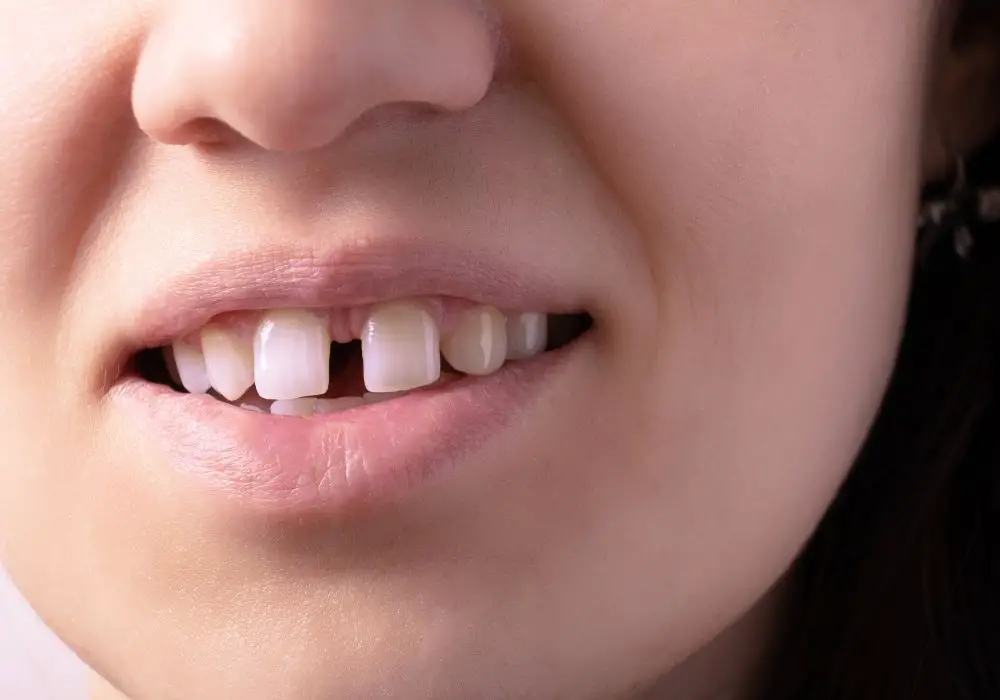
Gaps can unfortunately reopen after orthodontic treatment if proper retention is not maintained:
- Teeth naturally shift due to changes in bite force
- Lost or damaged retainers allow teeth to drift
- Poor oral hygiene results in bone loss around teeth
Lifelong retention is required after closure of spaces to prevent recurrence. Removable or fixed retainers hold teeth in position.
Regular dental cleanings and protective mouthguards also help prevent gaps from reopening.
When to Seek Treatment for Gaps
Minor gaps or diastema are not always concerning, especially in children whose teeth are still developing. But you should consider pursuing treatment if spacing between teeth:
- Worsens over time
- Impacts chewing, speaking, or tooth longevity
- Is caused by underlying gum disease or bone loss
- Creates cosmetic concerns, food impaction, or bite issues
The American Association of Orthodontists recommends evaluating gaps by age 7 to determine if treatment is warranted. Catching problems early prevents more extensive treatment later.
Outlook After Treatment
With proper orthodontic techniques and retention, gaps between teeth can be closed with excellent outcomes. Closing spaces may take 1-3 years depending on the severity and whether growth is complete.
Consistent retention and dental visits are key to prevent recurrence of gaps long-term. But the results are stable if retention routine is followed.
Conclusion
Restoring gaps can greatly improve dental function, aesthetics, and self-confidence. Discuss your options with a cosmetic dentist or orthodontist. Small investments can go a long way in correcting gaps between teeth.
Gaps between teeth may start to develop slowly over time or appear suddenly later in life. While minor spacing is common and rarely problematic, excessive gaps can indicate an underlying issue. Determining the cause with a dental evaluation can point you toward the right treatment. Whether you choose braces, Invisalign, or dental restorations, correcting gaps can restore your confidence and dental function. With consistent retention and oral hygiene, the results can be stable long-term. Discuss your options for addressing gaps between teeth at your next dental visit. The treatments available today make it possible to achieve the straight, gap-free smile you desire.
Frequently Asked Questions

What is the fastest way to close gaps between teeth?
The fastest approach is orthodontic treatment with braces or Invisalign, which can close gaps in 6-12 months in simple cases. More complex spacing takes 1-3 years.
Can Invisalign close gaps in adults?
Yes, Invisalign can successfully close gaps between teeth in adults up to 6mm, depending on the case. Wider spaces may require fixed braces or restorative treatments.
How can I fix the gap in my front teeth naturally?
There is no reliable DIY method to permanently close gaps with natural remedies. The spacing requires orthodontic movement. But small gaps can be masked with dental bonding for a temporary fix.
What should I do if my teeth gaps are getting bigger?
Sudden widening of gaps likely indicates a problem like gum disease. It’s important to get evaluated promptly to determine the cause and appropriate treatment to prevent further progression.
Is it possible to close age-related gaps between teeth?
Yes, gaps that develop with aging can be closed with orthodontic treatment like Invisalign or braces. Restorative options like implants, bridges, and dentures may also be utilized for missing teeth.

